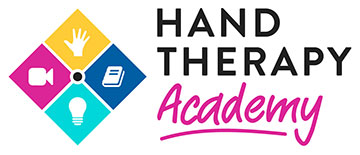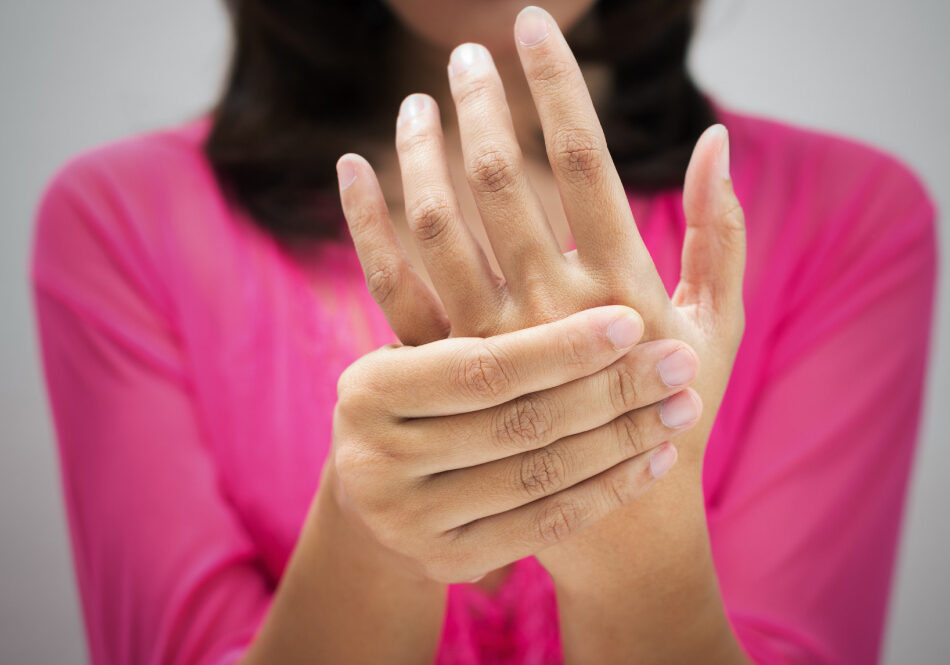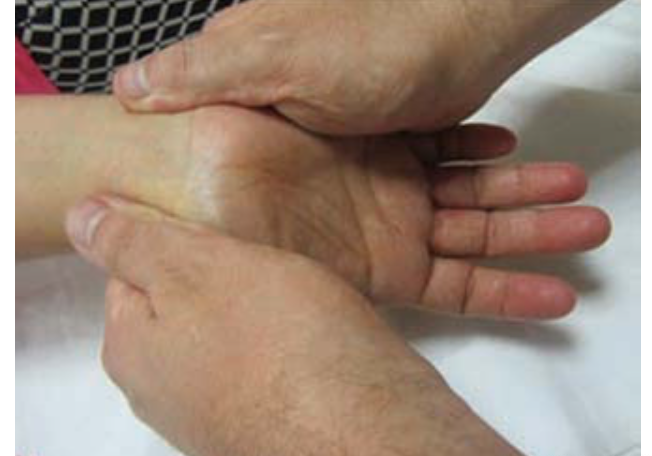Many therapists in hand therapy clinics have a lot of tools for their adult patients, but may not have as many tools for the less common pediatric patient. With nearly 20 years experience in pediatrics, we’ve compiled a list of our top 5 picks for tools to use with pediatric patients in hand therapy.
We are in no way affiliated with the manufacturers of these products and encourage anyone looking for these to find them in the easiest way for you, including thrift stores or online.
Here are some of the best hand therapy toys:
Pick #1 Star Stacker
The Star Stacker is a fantastic tool for pediatric clients because it has so many therapeutic uses. This tool is perfect for use with two handed engagement, different sizes and weights, encouraging functional grasp and increasing the web space. Not only does it have excellent tactile engagement but it lights up and plays music too! This toy is highly motivational and keeps kids engaged while using both hands.
Pick #2 Mr. Potato Head
This classic addition has withstood the test of time, continuing to engage children. With its multiple sized pieces, opportunity for imagination and collaboration with the therapist, and its potential for humor, this is a must have for the pediatric tool box. It is great for building strength as the pieces are often a tight fit. It also requires 2-handed use as the large oval ‘head’ won’t ever sit still when trying to push in pieces. Mr. Potato head has plenty of variety to keep the child interested while providing opportunity to grasp odd shapes, push and pull and strengthening.
Pick #3 Bristle Blocks
Bristle Blocks have provided great sources of tactile input, and grip strengthening. They can be used for opening the web space, providing resistance when pushed together, and multiple functional grasp patterns. Because they have such a tight fit they provided a fun way to work on bilateral hand strength. The different colors and sizes provide great engagement and plenty of choices for each child’s style of play.
Pick #4 Play Tunnel
The play tunnel provides unique opportunities for therapeutic use, including weight bearing, hand expansion, and palmer arch development. It provides a sensory safe space and can be calming for a distressed patient. This can be a great way to get kids moving and get them outside their comfort zone. With its multiple uses, affordable cost, and easy storage, it’s no wonder this made our top 5 list.
Pick #5 Pop Toobs
Pop Toobs are irresistibly engaging child therapy toys. You can’t help but squeeze them together and pull them apart to hear the pop sounds. They are great tools for helping pediatric clients use both hands in play, engage in larger movements of the arm, and expand the web space. For patients that try to avoid palmar contact, these are motivating enough to entice the client to pull and push with incidental palmar interaction with a novel texture. The different colors and fun texture provide selection and tactile input as well.
There are so many great tools out there to help pediatric patients meet their hand therapy goals that we couldn’t just pick 5! Here are some honorable mentions we think would be great at expanding your tool box. Let us know what tools for therapy with toys you’ve found that work great for your pediatric patients!
-Honorable Mentions-
1 Comments
Leave a Comment
More To Read
Comparing IP and MCP joint splinting for Trigger Finger
Teo, S. H., Ng D. C., Wong, Y.K.(2018). Effectiveness of proximal interphalangeal joint blocking orthosis vs metacarpophalangeal joint blocking orthosis in trigger digit: A randomized clinical trial. Journal of Hand Therapy, 1-7. The Skinny- This study compared PIP joint immobilization via an Oval-8TM with a custom MCP blocking orthosis in the treatment of trigger finger. …
Read MoreVideo-based rehab for shoulder injuries
Turkmen, E., Akbaba, Y., Altun, S. (2019). Effectiveness of video-based rehabilitation program on pain, functionality, and quality of life in the treatment of rotator cuff tears: A randomized controlled trial. Journal of Hand Therapy, S0894-1130(18)30396-X. DOI: https://doi.org/10.1016/j.jht.2019.08.004 The Skinny The purpose of this article was to determine the efficacy of video-based rehabilitation programs (VBR) in…
Read MoreThe Effectiveness of Manual Therapy Versus Surgery in Carpal Tunnel Syndrome
Fernández-de-las-Peñas, C., Cleland, J., Palacios-Ceña, M., Fuensalida-Novo, S., Pareja, J. A., & Alonso-Blanco, C. (2017). The effectiveness of manual therapy for carpal tunnel versus surgery on self-reported function, cervical range of motion, and pinch grip force in carpal tunnel syndrome: A randomized clinical trial. Journal of Orthopedic & Sports Physical Therapy, 47(3), 151–161. https://doi.org/10.2519/jospt.2017.7090 The…
Read MoreSign-up to Get Updates Straight to Your Inbox!
Sign up with us and we will send you regular blog posts on everything hand therapy, notices every time we upload new videos and tutorials, along with handout, protocols, and other useful information.






All the above are good toys for developing hands but depending on the age of child you might also like to try Duplo Leggoes or the Original Leggoes